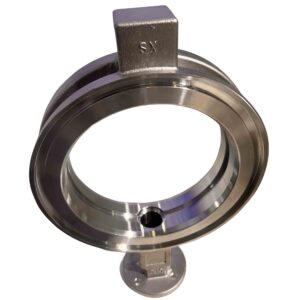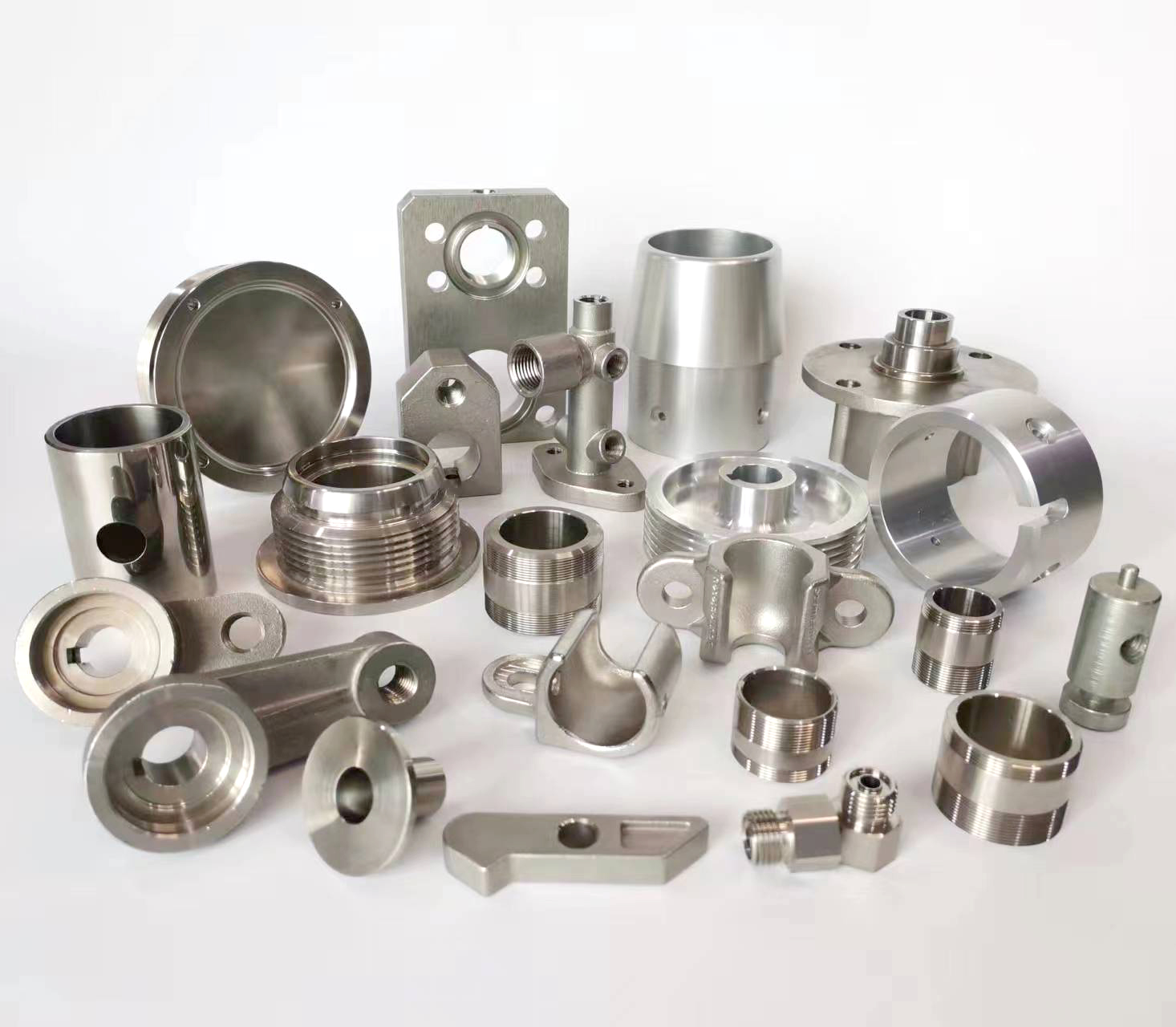
Welding is a fundamental fabrication process that joins materials, typically metals or thermoplastics, by causing coalescence. This is most often done by melting the workpieces and adding a filler material to form a pool of molten material that cools to become a strong joint. It is distinct from lower-temperature techniques like brazing and soldering, which do not melt the base metal.
- Core Principle
The essential principle of welding is to create metallic bonds between atoms of the materials being joined. This requires:
Energy: Sufficient heat or pressure to bring atoms close enough together.
Protection: Shielding the molten weld pool from atmospheric gases (like oxygen and nitrogen) that can cause defects (porosity, brittleness).
- Major Types of Welding Processes
Welding processes are broadly classified by their energy source and technique. The American Welding Society (AWS) recognizes over 50 different types.
- Arc Welding
The most common category, it uses an electric arc between an electrode and the base material to generate heat.
Shielded Metal Arc Welding (SMAW) / “Stick Welding”:
Process: A consumable electrode coated in flux is used to strike an arc. The flux coating vaporizes to create a shielding gas and forms a slag layer that protects the molten weld as it cools.
Pros: Simple, portable, inexpensive equipment, works outdoors and on rusty/dirty metal.
Cons: Lower productivity, requires slag removal, not ideal for thin metals.
Gas Metal Arc Welding (GMAW) / “MIG Welding” (Metal Inert Gas):
Process: A continuous, solid wire electrode is fed automatically from a spool. An externally supplied shielding gas (e.g., Argon, CO2 mixture) protects the weld pool.
Pros: High speed, easy to learn, versatile, good for semi-automation.
Cons: Requires external gas, less effective in wind, equipment is more complex.
Gas Tungsten Arc Welding (GTAW) / “TIG Welding” (Tungsten Inert Gas):
Process: A non-consumable tungsten electrode creates the arc. Filler metal is added manually by hand if needed. Uses an inert shielding gas (usually Argon).
Pros: Produces high-quality, precise, and clean welds. Excellent for thin materials, non-ferrous metals (Aluminum, Stainless Steel, Copper).
Cons: Slow process, requires high skill, lower deposition rates.
Flux-Cored Arc Welding (FCAW):
Process: Similar to GMAW but uses a tubular wire filled with flux. It can be self-shielding (no external gas) or gas-shielded.
Pros: High deposition rate, good for thick sections, works well outdoors.
Cons: Produces more smoke and spatter, slag must be removed.
- Solid-State Welding
These processes join materials without melting the base metals.
Friction Stir Welding (FSW):
Process: A non-consumable, rotating tool with a pin and shoulder is plunged into the joint and traversed along it. Frictional heat and mechanical mixing create a solid-state bond.
Pros: Excellent for aluminum alloys, no fumes or shielding gas, high strength joints.
Cons: Requires heavy machinery, leaves a keyhole at the end.
Resistance Spot Welding (RSW):
Process: Electric current is passed through overlapping metal sheets held under pressure by copper electrodes. Resistance to the current generates heat, melting a small “spot” that fuses together.
Pros: Extremely fast and efficient. The primary process used in automotive manufacturing.
Cons: Only for lap joints, equipment is expensive.
- Other Key Processes
Oxy-Fuel Welding (OFW) / “Gas Welding”:
Uses a flame from combusting a fuel gas (e.g., acetylene) with oxygen to melt the base metal and a filler rod. Older technology, largely replaced by arc welding but still used for repairs and heating.
Laser Beam Welding (LBW) & Electron Beam Welding (EBW):
High-energy density processes that offer deep penetration, minimal heat-affected zones, and high precision. Used in aerospace, automotive, and electronics industries.
- Critical Concepts & Terminology
Filler Metal: Metal added to the weld joint to provide volume and reinforcement (e.g., welding rod or wire).
Shielding: The method of protecting the molten weld pool (gas, flux, or vacuum).
Weld Penetration: The depth the weld metal extends into the base metal. Crucial for joint strength.
Heat-Affected Zone (HAZ): The area of base material that was not melted but had its microstructure and properties altered by the heat of welding. Managing the HAZ is key to weld integrity.
- Applications
Welding is ubiquitous in modern industry:
Construction: Skyscrapers, bridges, pipelines.
Transportation: Automotive frames, shipbuilding, railroad tracks, aircraft structures.
Manufacturing: Heavy machinery, pressure vessels, consumer appliances.
Energy: Nuclear reactors, wind turbines, oil and gas refineries.
- Advancements & The Future
Automation & Robotics: Robotic arms perform repetitive, high-precision welds, increasing speed, quality, and consistency (e.g., in car manufacturing).
Additive Manufacturing (3D Printing): Many metal 3D printing technologies (e.g., DMLS, WAAM) are essentially automated, layer-by-layer welding processes.
Advanced Processes: Developments in friction stir, laser, and hybrid processes (e.g., Laser-Hybrid welding) continue to push the boundaries of what materials can be joined and the efficiency of the process.
Sensor Technology & AI: Real-time monitoring sensors and artificial intelligence are being integrated to detect defects and automatically adjust parameters for perfect welds every time.
Conclusion
Welding is a critical and dynamic engineering discipline that is far more complex than simply “gluing metal with electricity.” It encompasses a vast range of sophisticated processes essential to building and maintaining the modern world. From the simple arc of a stick welder repairing farm equipment to the precision of a robotic laser welder assembling a satellite, welding technology continues to evolve, enabling stronger, lighter, and more innovative structures and products.





